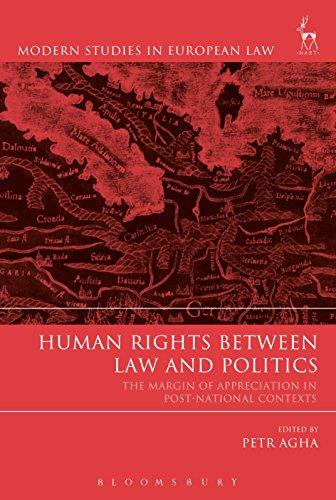
R. v. Latimer, [2001] 1 S.C.R. 3 BACKGROUND Twelve-year-old Tracy Latimer had a severe form of cerebral palsy caused by neurological damage at birth. As a quadriplegic, she was totally dependent on others for her care. Tracy suffered five to six seizures daily and was thought to be in constant pain; she was not terminally ill. Tracy was scheduled to undergo surgery on November 19, 1993, to repair a dislocated hip. Her parents, Laura and Robert Latimer, were told that this surgery would cause pain and that further surgery would be required to relieve this paint Robert Latimer decided to end his daughter's life. On October 24, 1993, Latimer put Tracy in the cab of his pickup, connected a hose to the exhaust pipe, and inserted the other end into the cab. Tracy died from carbon monoxide poisoning. At trial, a jury convicted Robert Latimer of second degree murder. That conviction was successfully appealed on the grounds that the prosecutor had interfered with the jury selection process. At his second trial, Latimer was again convicted of second degree murder. After the guilty verdict was delivered, the judge explained to the jury that second- degree murder carries a mandatory minimum jail sentence of 10 years. Nonetheless, jury members recommended that Latimer only serve one year before parole eligibility. The judge then granted a constitutional exemption from the mandatory minimum sentence. He sentenced Latimer to one year of imprisonment and one year on probation, to be spent confined to his farm. When the Crown appealed, the Saskatchewan Court of Appeal overturned the one year sentence and reinstated the mandatory minimum sentence of 10 years in prison without eligibility of parole. Latimer appealed his sentence to the Supreme Court of Canada. LEGAL QUESTION In this particular case, would imposing the mandatory minimum sentence for second-degree murder constitute cruel and unusual punishment, contrary to s. 12 of the Charter? DECISION The Supreme Court of Canada dismissed Latimer's appeal. The trial judge was not correct in finding that (in this specific case) the mandatory minimum sentence prescribed by the Criminal Code would be cruel and unusual punishment in violation of s. 12. The Court found that the minimum mandatory sentence was not disproportionate in this case. In the absence of any violation of s. 12 of the Canadian Charter of Rights and Freedoms, there was no basis for granting a constitutional exemption. The Court also pointed out that it is up to Parliament to decide on the use of minimum sentences, not the courts. SOCIAL SIGNIFICANCE Human rights advocates applaud the Supreme Court's decision as an affirmation of their cause. They claim it sends a message that people with disabilities have the same right to life as other Canadians. But those who support Latimer are angry and disappointed with the decision. They have organized candlelight vigils, worn ribbons, and signed petitions asking the federal government for a grant of mercy. ANALYSIS I. Do you agree with the Supreme Court of Canada that the mandatory minimum sentence does not violate Latimer's Charter rights? Explain. 2. Should the Criminal Code be changed to allow for some exceptions that give the courts the flexibility not to impose mandatory sentences for crimes like second- degree murder? Why or why not








